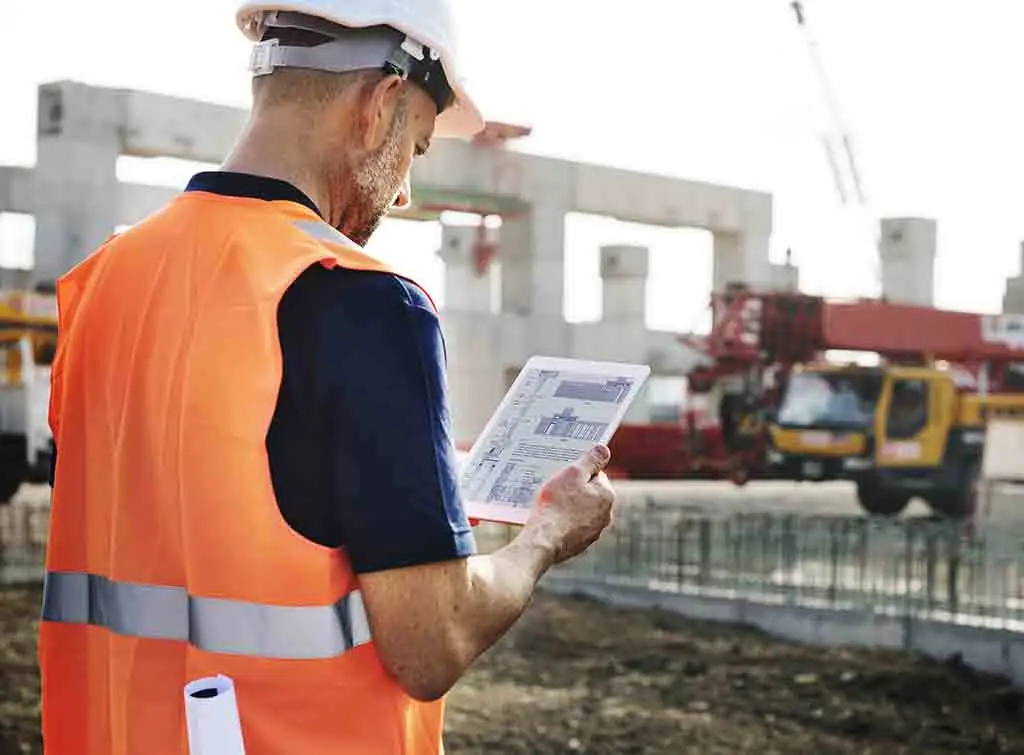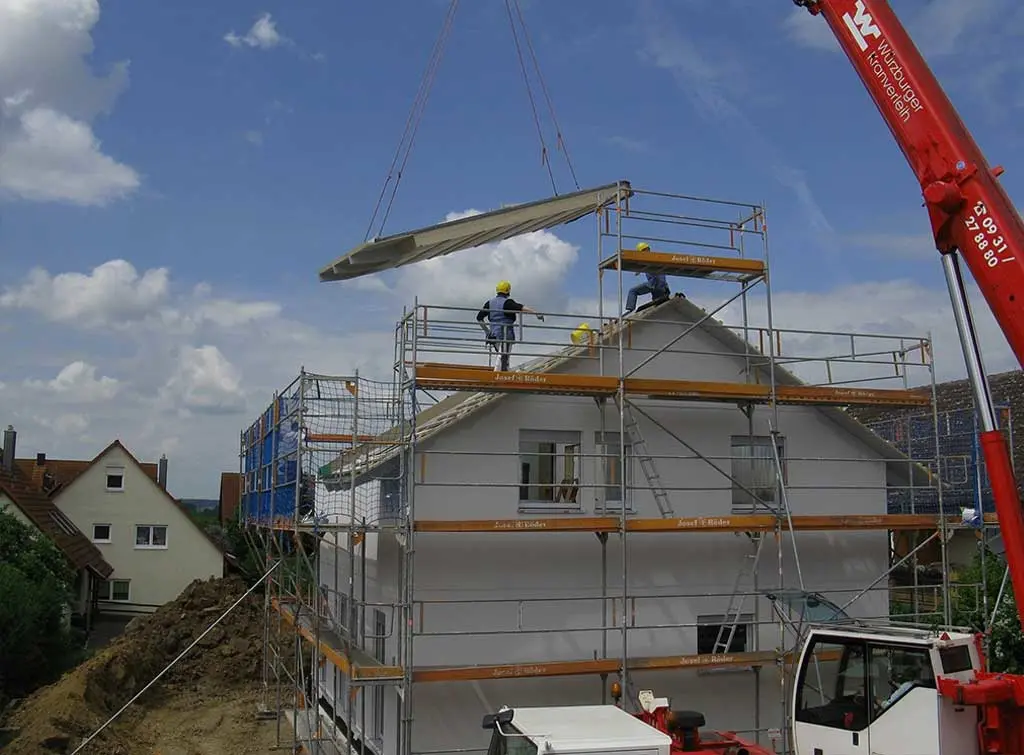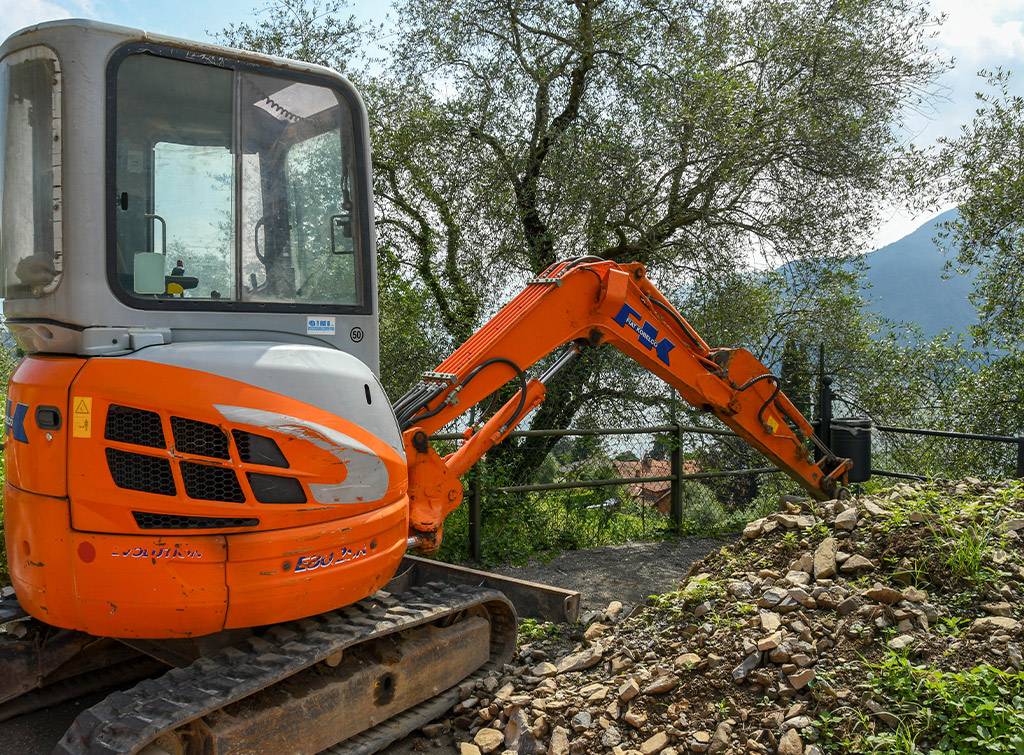Blog>Cost Guides>Crane hire cost guide
Last updated: 12 November 2024
Crane hire cost guide
Our crane hire cost guide explores the approximate cost to hire a crane, along with some useful time saving tips.

How much does crane hire cost?
| Cost provided item | Average UK cost |
|---|---|
| Crane hire – 25 tonne (per day) | £650 |
| Crane hire – 35 tonne (per week) | £3,000 |
| Tower crane hire (per week) | £2,500 |
| Contract lift - crane supervisor | £300 - £400 per day |
| Contract lift - slinger/banksman | £300 - £400 per day |
| Typical contract lift (25t) - total costs for 1 day | £1,400 |
| Last updated: November 2024 Our costs are ballpark averages - get a local tradesperson to quote now | |
Estimating crane hire cost per day or hour is not straightforward, due to various elements such as:
The location
The availability
The type of crane and the tonnage rating required. Overhead and harbour cranes are necessary for highly involved construction work, but also the costliest
Distance from the hire depot to the worksite
The safety team for the lifting operation consists of the operator, rigger, etc
Level of insurance necessary
Considering the above, the average crane hire cost on a 25 tonne crane is £650 per day.
In contrast, for more demanding tasks, a 35 tonne crane hire cost is £3,000 per week. Alternatively, tower crane hire comes to around £2,500 per week on average.
Additional crane hire costs
Most crane rental contracts specify a minimum hire period of four hours. After this, small cranes are typically charged an hourly rate. The depot or supplier will often levy an additional charge for travelling time.
Heavy lifting tasks and projects require the preparation of method statements and risk assessments, along with CAD lift plans to illustrate crane positions. An experienced professional could save you time preparing this documentation.

Do I need crane hire or a contract lift?
The upfront cost per day for standard crane hire is cheaper than a contract lift. However, unless you have appropriate insurance and a qualified person to plan and supervise the work operation, you will likely need a contract lift instead.
Crane hire vs contract lifts
There are some key differences between crane hire and contract lifts.
For safety, the law specifies that all tasks involving the use of lifting equipment must be:
Planned adequately by a competent person
Assessed for risk, resources required, correct procedures and responsibilities
Adequately supervised
Carried out safely
In particular, crane operators, people involved in slinging loads (also known as riggers) and lifting operation directors must have received training for the type of task.
For further information, please see this Health & Safety Executive (HSE) guidance on legal requirements and safety measures.
Types of crane

Tower cranes are the largest type. Other options include loader, floating, and mobile cranes. Telescopic cranes are suitable for most projects, whereas truck cranes are ideal for smaller tasks if you require portability on a construction site.
Other points to consider
When organising crane hire, you should check with your local council regarding rules and by-laws, particularly highway blocking and traffic marshalling. Permission could well be necessary for manoeuvring a crane jib over neighbouring properties.
In addition to insurance coverage, qualified staff should be present to ensure safety and compliance with recommended lifting procedures. Operatives include a lift supervisor, sling banksmen and signallers, as well as steel erectors for larger projects.
Useful crane rental checklist
Crane hire costs vary with type, size and duration, along with other local factors
Investigate local authority permission and the need for trained, qualified operators
Safety precautions and insurance are essential
See the tradespeople we've checked and recommend for your job
More Cost Guides
See the tradespeople we've checked and recommend for your job



